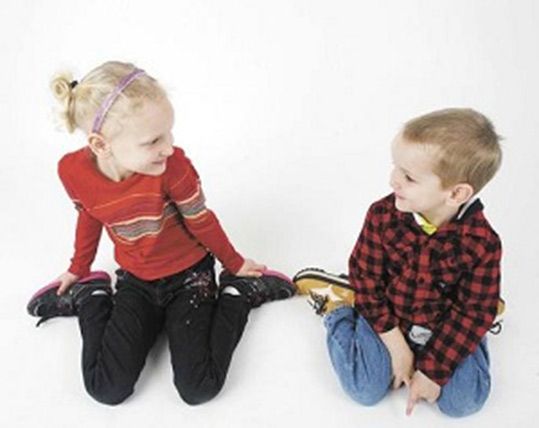What is W-Sitting?
W-sitting occurs when a child is seated with their bottom on the floor, their knees bent. And toes turned outwards, away from their body. When a parent and/or caregiver stands over a child seated in this position. They will appear to be making a “W” with their legs. Children typically move in and out of this position when playing on the floor throughout the day for short periods of time. Kids tend to choose this position because it offers them a stable base of support to utilize their hands-free while playing.

Why is W-sitting harmful?
Unfortunately, W-sitting can lead to some serious problems with the overall development of a child. If it is utilized for long periods of time or if it is their chosen position. W-sitting can cause deficits such as limited flexibility of legs, trunk control, hip dislocation. And reaching across midline with both arms. Children who have low muscle tone, hypermobile joints, as well as poor balance and/or core strength. Normally choose this position for extended periods of time. An example of how prolonged W-sitting can cause a long-lasting, negative impact. Is by decreasing the amount of trunk rotation a child utilizes. Reaching across the body plays a major role in hand dominance.
How can W-sitting be fixed?
The most important tool that a parent or caregiver can use to avoid W-sitting is prevention. Parents and/or caregivers are highly encouraged to watch out for W-sitting and encourage children to avoid it as early as possible in order to avoid this hard-to-break habit. Good cues to give to children to avoid W-sitting are to sit in the criss-cross position or to sit with their feet out in front of them with their knees straight. If a child is having a tough time avoiding W-sitting or refusing to utilize any other position when seated on the floor, they should be encouraged to sit in a chair or at a table rather than the floor to avoid the position. If a parent and/or caregiver have any concerns or questions they should seek out advice from a licensed, pediatric occupational, or physical therapist.